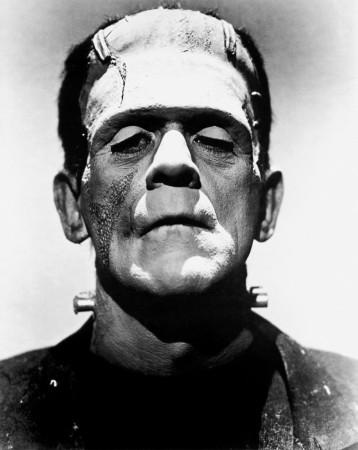![If vampires existed in real life, they actually wouldn't be all that glamorous as pop culture makes them seem. [Representational image] vampire](https://data1.ibtimes.co.in/en/full/685860/vampire.jpg?h=450&l=50&t=40)
Pop culture and sci-fi thrillers have romanticized the concept of monstrous creatures and beasts to enormous extents. From blood-sucking vampires to corpses electrically brought back to life, these bizarre beasts date back to the times of the good old classic Frankenstein.
But despite how intriguing books, movies and TV series make these seem, there's one question that lingers constantly at the back of our minds: Is it possible for any of these monsters to exist in real life?
A group of experts spoke about the topic at the Future Con held in Washington DC earlier this month. The panel called 'Ack, Real Monsters' explained that not every monster is scientifically plausible, but some of them do have their origination rooted deep in real world's 'monsters'.
They also discussed what exactly makes a monster and introduced the audience to certain animals that are just as horrifying as their monster counterparts we have come across in books and movies.
Panelists from 'Ack, Real Monsters' referred to a study from the 1970s where authors share that to be considered a 'monster', the creature would have to be at least 220 lbs or a 100 kilograms. "Anything smaller would not be 'suitably monstrous,'" shared Bethany Brookshire, a staff writer with Science News for Students.
The panelists chose to share the instance of the famous Frankenstein monster, based on the ghoulish creature from the book "Frankenstein: Or the Modern Prometheus," written by Mary Wollstonecraft Shelley which was published in 1818.

The character is stitched together from stolen body parts and brought to life by electric shocks – something the panelists chose to explain the plausibility of. The method used to bring Frankenstein to life involved electric shock's ability to interact with body parts and generate a muscular response – in a process called galvanism.
But electricity cannot generate life where none exists, they insisted. It's scientifically impossible. Moreover, Frankenstein is created out f bits and pieces from several people – which is not quite possible as transplanted organs and body parts are often rejected by the host body.
Therefore, for a creature to accept and function completely fine with bits and pieces from multiple donors, his body would need to have a dramatically suppressed immune system – to a point where it could survive only in a protective bubble, explained panelist Tina Hesman Saey, a geneticist-turned-writer at Science News.
Coming to probably the most glorified class of monsters, that is vampires, panelist Susan Milius, another writer for Science News explained how if these supernatural creatures are truly bloodsuckers – like mosquitoes, basically – they wouldn't be all that glamorous as pop-culture portrays them to be.
"If you talk to scientists who study mosquitoes, you spend a lot of time listening to their thoughts on heroic peeing," she said. "If we brought more biological realism to vampire shows, they'd be peeing while they're eating."
![Certain parasites have the ability to alter another animal's brain chemistry into making them act like mindless slaves - resembling the concept of zombies. [Representational image] zombie](https://data1.ibtimes.co.in/en/full/685864/zombie.jpg?h=450&l=50&t=40)
Panelist Kali Holder, a veterinary pathology fellow at Smithsonian National Zoological Park in Washington, DC, believes that zombies are far more fascinating than vampires. Mostly because they exist in the real world – created by parasitic creatures hijacking the brains of other animals, turning them into slaves with no self-control over their own bodies.
Holder used the examples of Lancet liver flukes (Dicrocoelium dendriticum) that lead ants on a forced march on blades of grass to be eaten by sheep – thus completing the fluke's life cycle. The parasite Toxoplasma gondii makes rats go out in the open instead of running along walls and corners and also alters their brain's chemistry so they get attracted by cat urine.











